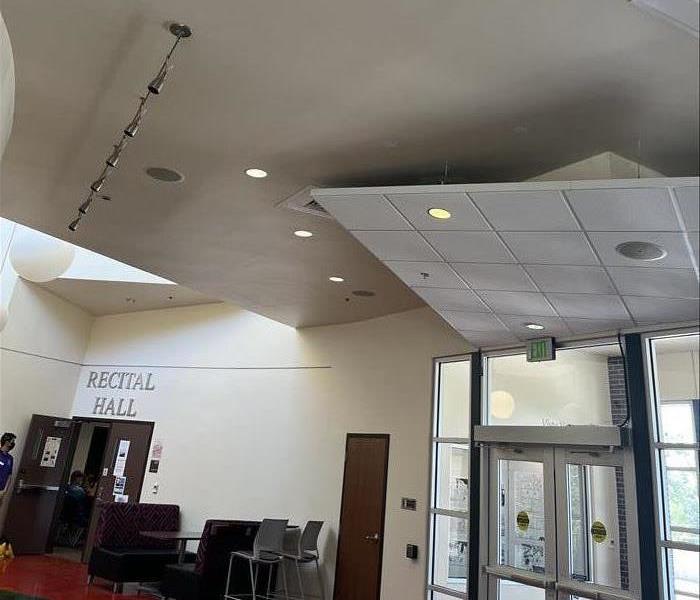Mastering Post-Storm Cleanup: Debris and Fallen Trees
8/3/2024 (Permalink)
 At SERVPRO®, we understand the challenges that come with storm cleanup and are here to provide expert guidance.
At SERVPRO®, we understand the challenges that come with storm cleanup and are here to provide expert guidance.
When severe storms strike, they often leave behind a trail of debris and fallen trees. This aftermath can be overwhelming for homeowners and businesses alike. At SERVPRO®, we understand the challenges that come with storm cleanup and are here to provide expert guidance on how to manage the debris and fallen trees that follow effectively.
The Impact of Storm Debris and Fallen Trees
Storms can unleash powerful winds and heavy rains, causing trees to fall and debris to scatter across properties. This not only poses safety hazards but also can lead to significant property damage. In Texas, where storms can be particularly fierce, the aftermath is often daunting.
Fallen Trees in Texas: A Startling Statistic
In Texas, the frequency and intensity of storms contribute to a high number of fallen trees. According to the Texas A&M Forest Service, an estimated 5 million urban trees were damaged or destroyed by Hurricane Harvey alone. This statistic highlights the immense scale of the problem and the need for efficient cleanup strategies.
Immediate Steps for Safe Debris and Tree Cleanup
Cleaning up after a storm requires careful planning and execution to ensure safety and efficiency. Here are the crucial steps to follow:
- Assess the Damage Safely: Before beginning any cleanup, carefully assess the damage. Look for downed power lines, unstable trees, and other hazards. Keep a safe distance from any potential dangers.
- Use Proper Safety Gear: Equip yourself with the necessary safety gear, including gloves, safety goggles, and sturdy footwear. This will protect you from sharp debris and other hazards.
- Prioritize Hazardous Debris: Focus on removing hazardous debris first. This includes large branches, broken tree limbs, and any items blocking access to your property.
- Cut and Remove Fallen Trees: Use chainsaws and other appropriate tools to cut fallen trees into manageable pieces. If the job is too large or dangerous, consider hiring professional tree removal services.
- Clear Smaller Debris: Once the major hazards are addressed, clear smaller debris such as leaves, twigs, and branches. This can be done using rakes, brooms, and leaf blowers.
Long-Term Tree Management Strategies
To minimize future storm damage, implement these long-term tree management strategies:
- Regular Tree Maintenance: Regularly trim and prune trees to remove weak or dead branches that could pose a risk during storms.
- Tree Health Assessments: Periodically assess the health of your trees. Remove any diseased or damaged trees that could fall during severe weather.
- Proper Planting Practices: When planting new trees, choose species that are well-suited to your local climate and soil conditions. Plant trees a safe distance from structures and power lines.
Conclusion
The cleanup process after a storm in San Antonio, Texas, can be challenging, but with the right approach and professional assistance from SERVPRO, it becomes manageable. Understanding the impact of storm debris and fallen trees, taking immediate action, and implementing long-term strategies are essential for maintaining a safe and beautiful property. SERVPRO is Here to Help® you navigate through the post-storm cleanup with expertise and care, ensuring your property is restored efficiently and effectively.






 24/7 Emergency Service
24/7 Emergency Service